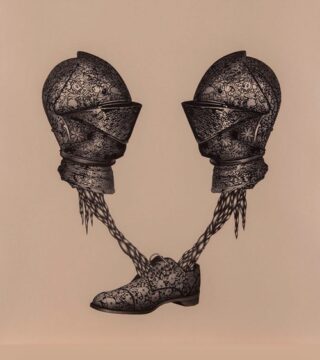Donna Tartt in Harper’s Magazine:
 Toward the end of the nineteenth century, the painter James McNeill Whistler shouted out fiercely into posterity, over the heads of the art-world philistines of his day, and our own:
Toward the end of the nineteenth century, the painter James McNeill Whistler shouted out fiercely into posterity, over the heads of the art-world philistines of his day, and our own:
Listen! There never was an artistic period. There never was an Art-loving nation.
This hoarse cry from the Belle Époque is as bracing as it ever was, especially here in our own burned-out landscape where Art as Whistler defined it—Art with a capital A—is all too often viewed as an antiquated construction ensconced behind velvet ropes, not very relevant except as a standing resource to be boiled down to blunt cultural agendas, picked apart by theory, aped by predictive formulas, pillaged and parodied for commercials and computer software, if not ignored altogether in the glitz of technological stimulus.
Even in 1794, Schiller was asking: How is the artist to protect himself against the corruption of the age that besets him on all sides? Too much chasing after money and success, too much pandering to the popular taste, too much weight on ideology or politics or dogma of any stripe, and God, in the cogent phrase of Quincy Jones, walks out of the room. But in our own sped-up nightmare of screens and algorithms, accelerating more wildly every day, art—and artists—are battered with all the same old discouraging assaults along with new ones that Whistler never dreamed of.
More here.
